Tools for Proper Seedbed Prep
Getting the soil ready for planting can be wrought with complications. Late winters, heavy residue from the previous year, overly wet springs and muddy conditions all threaten to delay planting and raise farmers’ collective blood pressures. However, getting the seedbed prepared properly is essential for getting your crop started right. A clean, weed-free surface combined with good seed-to-soil contact promotes fast germination and assures the optimal start – likely leading toward more bushels in the fall.
The thing is, there are about as many ways to prepare a seedbed as there are hats in a farmer’s cap collection. But just like headwear, each piece of equipment has its time and place when it comes to spring soil prep.
S-Tine Cultivators
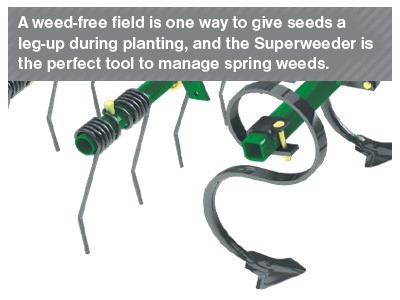 Weeds are the nemesis of any farmer. They outcompete crops, sap valuable moisture and have a direct impact on crop yields. During the spring, plowing turns the soil and brings weed seeds closer to the surface. These weeds germinate quickly and get a jumpstart on crops.
Weeds are the nemesis of any farmer. They outcompete crops, sap valuable moisture and have a direct impact on crop yields. During the spring, plowing turns the soil and brings weed seeds closer to the surface. These weeds germinate quickly and get a jumpstart on crops.
Using an S-tine cultivator is one method to handle weeds. Summers’ Superweeder is a combination of four ranks of Vibra S-Tines with a five-bar harrow. This one-two punch helps break up crusted soil and uproot weeds, while leaving a smooth, level soil profile behind.
Properly spaced S-tine cultivators can also be used post emergence for between-row cultivation as a follow-up to primary mechanical weed control.
Harrows
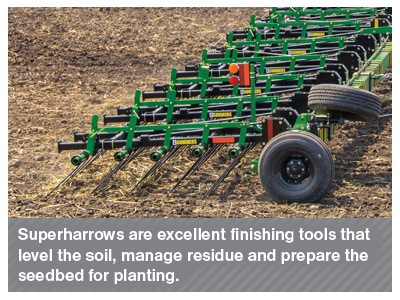 For light tillage and residue management, harrows are a tried-and-tested tool. Available in widths from 36 to 88 feet, Summers Superharrows are built strong and more aggressive to handle tough residue conditions.
For light tillage and residue management, harrows are a tried-and-tested tool. Available in widths from 36 to 88 feet, Summers Superharrows are built strong and more aggressive to handle tough residue conditions.
Harrow tines can vary in diameter and length, depending on the desired field finish and aggressiveness. For instance, the Superharrow 3580 has 26-inch long, ½-inch diameter teeth, which are slightly less aggressive than the 26-inch, 9/16-inch diameter teeth on the SH3960 Series. Depending on soil type and residue conditions, farmers can decide which style suits their needs best.
And whether in a multi-sectioned tool like the Superharrow, or as an attachment to the back of tillage equipment, harrows are a versatile way to smooth a field after primary tillage and before planting. Assuming the crops were planted accurately throughout the field, they can also be run pre-emergence for blind cultivation, which kills weeds in the “white thread” stage without damaging the crop.
Primary Tillage Tools
Proper field tillage in the spring can be important in creating a good seedbed for uniform crop establishment – a critical part of a crop’s ability to compete with weeds. 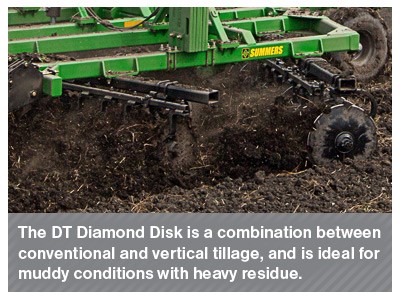 Conventional tillage tools primarily mix the soil. The Summers DK Diamond Disk, for instance, provides optimal residue mixing as well as a level soil profile devoid of ridges or gouges typically left by X-frame disks. The DT Diamond Disk is similar to the DK, except it boasts a cross between conventional and vertical tillage.
Conventional tillage tools primarily mix the soil. The Summers DK Diamond Disk, for instance, provides optimal residue mixing as well as a level soil profile devoid of ridges or gouges typically left by X-frame disks. The DT Diamond Disk is similar to the DK, except it boasts a cross between conventional and vertical tillage.
Farmers who want to accomplish more in one pass can turn to combination tillage tools. The Supercoulter is a good example. By itself it is a true vertical tillage tool outfitted with rows of coulter blades that manages residue and scores the soil. This allows the soil to warm fast so farmers can plant sooner, as well as fractures it to promote deep root growth. But in combination with attachments such as harrows or rolling baskets, it can accomplish greater residue management and is even more versatile.
Summers also has the VRT line, which offers Variable Rate Tillage and the ability to fine-tune aggressiveness on the go. The VRT2530 provides the flexibility to move from conventional to vertical tillage performance, thanks to its patented hydraulic hitch. Paired with rolling baskets and harrows, it boasts advanced field finishing tools to produce the ideal seedbed, no matter the rate of tillage used.
Land Rollers
With the soil tilled and residue managed, land rollers are the last piece of the seedbed prep puzzle. They can level the soil profile to help achieve accurate planting depths and promote consistent germination across the field. 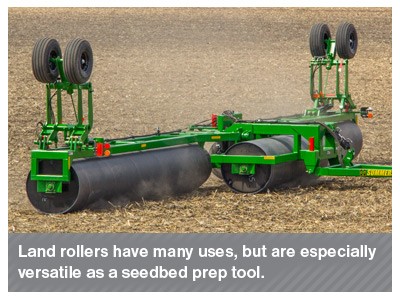 After planting, land rolling helps assure seed-to-soil contact, helping the growing plant get the nutrients and moisture it needs from the field. As an added bonus, land rollers push rocks into the soil and bust any residual clods. Left unchecked, these hazards could cause costly damage by ingesting debris into the combine during harvest.
After planting, land rolling helps assure seed-to-soil contact, helping the growing plant get the nutrients and moisture it needs from the field. As an added bonus, land rollers push rocks into the soil and bust any residual clods. Left unchecked, these hazards could cause costly damage by ingesting debris into the combine during harvest.
Another option are coil packers. These break up dirt clumps while firming and leveling the soil. Plus, their unique herring-bone pattern has been shown to help mitigate soil erosion from wind and water.
Farmers have a lot of equipment options when deciding how to tackle spring seedbed prep. Picking the right tools and knowing when to use them assures your crops put the best root forward.






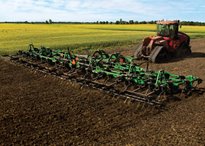
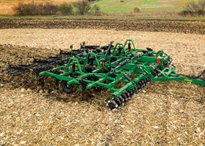
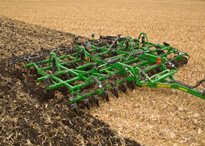
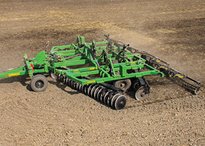
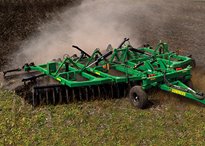
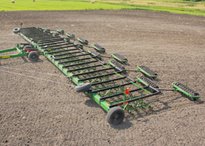
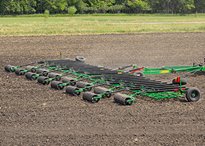
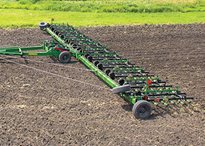
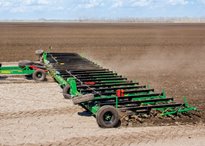
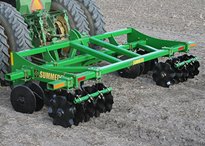
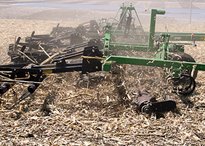
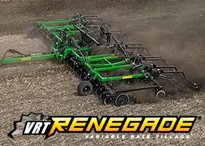
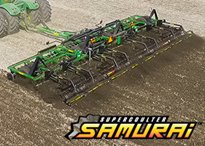
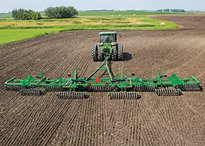
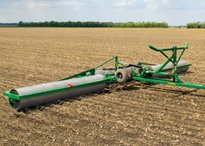
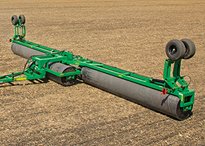
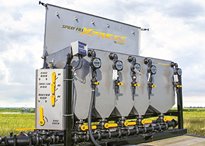

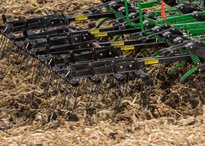
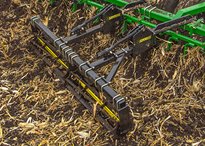
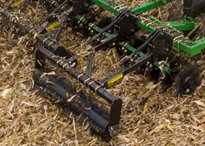
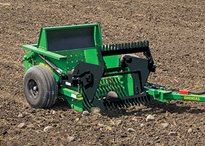
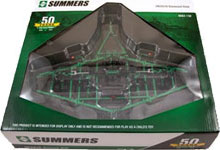 Hats, Diecast Models, Gloves and More!
Hats, Diecast Models, Gloves and More!
 Library
Library